- 11 Posts
- 15 Comments
This might be a bit of a non-answer, but my favorite thing about nerf is how different blasters can be different from each other while all being viable for use in most games. In a friendly nerf game in the park, you might see revolvers alongside lever-action rifles alongside dual-wielded derringers.
There’s a soft spot in my heart for Swarmfires and Rayvens, largely becasue those were among the best (for HvZ, for a “shoot lots and protect other humans” playstyle) blasters in production at the time when I started playing.

 1·4 months ago
1·4 months agoOthers have suggested greasing the dowel or using bearings, and if the issue was friction, then they’d be right.
If the issue is inertia, then this won’t help. Accelerating a given mass to a given velocity requires a certain amount of energy, no matter what.
What could help is something similar to a Huygen drive, where the filament is looped around a large wheel (large enough that the filament can curve around it without breaking) which is able to move against a spring or counterweight. This would allow the movement of the spool to be “averaged out” rather than accelerating and decelerating sharply on every extrusion and retraction.

 2·4 months ago
2·4 months agoI have experience buying, not selling, but should still be able to help.
Local sales are the way to go for 3d printers. Local sales also allow people to see the printer and check that it works as they expect before committing to buying it. Most people will pay more for a known-working printer than a the-owner-says-it-works one. Local sales also avoid shipping which, in addition to the downsides that you’ve discovered, caries some risk for the printer. The downside of local sales is that you might have to wait for a long time until someone nearby wants the type of printer that you have (or until someone who doesn’t live nearby opportunistically picks up the printer as they were going to pass near you anyways).
Nealy everywhere has a Craigslist-like for local sales, which could be Kijiji, Letgo, FB marketplace, etc. There’s no harm in listing the same printers on multiple sites to see which one gathers the most interest. (Just please make sure to take all of the listings down once the printers are sold.)

 5·5 months ago
5·5 months agoFellow OpenSCAD user here. I’d recommend it to anyone as a thing to try, but not necessarily as a thing to certainly end up using.
I love how much control it gives you over your designs and how you can use that to make intelligently parametric parts. I’m continuously frustrated by how it expects you to make (or find libraries for) everything from scratch. For example, I’ve recently discovered ClosePoints which is (a) brilliant and (b) makes me wonder why the heck this functionality isn’t built-in or at least in a default library. I’ve also found that using it for anything complicated has forced me to learn how to write better-organized code.
You still have to put in work to learn how to use it. It’s just a different kind of work.
Yes, it appears so. Of course, the final product could end up being different, but these are very promising promotional previews.

 2·5 months ago
2·5 months agoGood catch. That’s good news if true, not becasue Rival barrels would be useful (IMO they wouldn’t for most people), but because it means that Hasbro has plans to keep the Rival line around. Hasbro has cycled out ammo formats before, and people would miss Rival.

 2·5 months ago
2·5 months agoOK, wow. Hasbro’s aesthetic design team really knocked this one out of the park. This is far more than you’d expect for what’s functionally a pretty simple springer.

 2·6 months ago
2·6 months agoI remember. Flywheel tech was a huge thing for nerf when Hasbro figured out how to make good flywheel blasters. The Rapidstrike was a direct upgrade from the Stampede in nearly every way - more energy efficient, meaning a build could deliver the same power with smaller/lighter batteries, much less risk of runaway firing, and no worries about the geartrain breaking. The main thing that the Stampede had going for it was a very situational advantage: it worked as well with wet as with dry darts.
Before the Rapidstrike, Rayvens and Stryfes were very popular. (Barricades were good for their day, but compared to modern flywheelers . . . well, there’s a reason why we don’t see flywheel blasters with serrated flywheels or intended for use with whistler darts.) I remember hearing speculation that Hasbro was working on something “like the back of a Nitron and the front of a Stryfe” and that it was going to be good - and oh man, that speculation was just spot-on.
Now? Rapidstrikes are one of many good options and most people who would want one have several - but for a time, they were something quite special.
maybe I’ll do some mega for red.
Thanks, and that’s a good idea. I’ll remember it for next year.
I didn’t have as much mega then as I do now, but I did have a good number of Titans - which were too heavy for the tree to support.

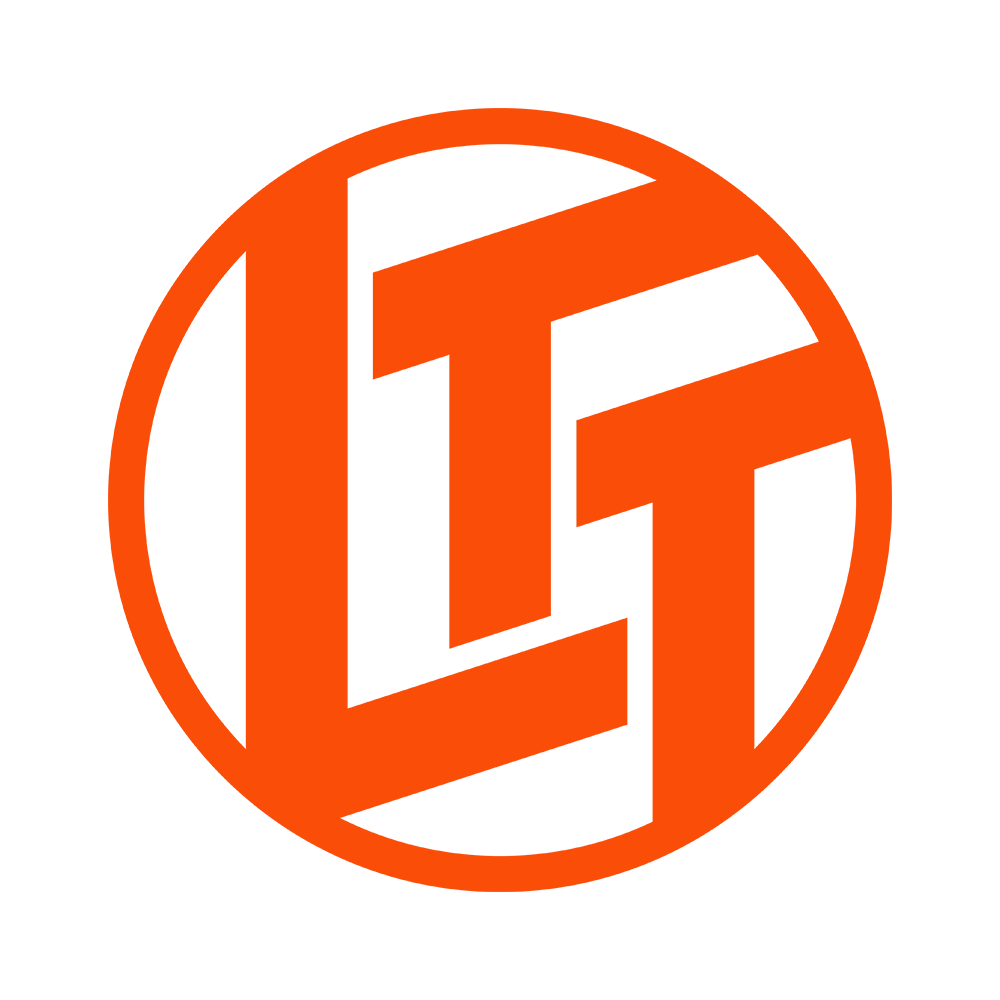 1·10 months ago
1·10 months agoIt’s auto-posted videos by Linus that are being downvoted, and the “by Linus” seems the more relevant factor than “auto-posted.” I’ll admit that I’m a little bit out of the loop, I am aware that there’s several major controversies surrounding Linus right now. Videos critical of Linus are being upvoted, sometimes dramatically.
This situation has the smell of a bog-standard internet controversy. Linus’ reputation might or might not recover when people forget about the whole thing. His media group might or might not end up distancing itself from him before that happens.
If there’s any action that I’d recommend taking in response to all of this, it’d be re-evaluate whether you want to say “they’re awesome” in the sidebar. Right now you might be unintentionally giving the impression that you (and by extension the moderators and by extension the community) are on Linus’ side. I assume that you’d rather support a neutral discussion space (but I could be wrong).
I’ll second all of what Ali said, but I’d also like to add that not all games these days even allow homemade darts due to safety concerns. The worst-case here would be a felt tip falling off and exposing the metal washer underneath.
For this reason some darts were made without a washer at all - and with either a solid lump of hotglue serving as the weighted tip or with a small BB in the bottom of that hole for weight (which guide Ali linked might already say? There’s a follow-up post saying that it was updated to include metal-free dart tips but I can’t find where it describes how to make them.)
OP, I’d recommend reconsidering whether you want a hard tip. If you’re running into issues with people not feeling and not taking hits, improving the velocity of your blaster will solve that while also providing greater range a difficulty-to-dodge. (If your problem is people “not feeling” and not taking hits - then that’s not something that any modification can solve short of something actually dangerous.)
If you do have a good reason for wanting a harder-than-normal tip, then 3d printed tips are an option. TPU is available in a variety of hardnesses and differing infill and tip geometry should theoretically allow you to design a tip with whatever characteristics you want. I wouldn’t recommend this - most people don’t other with homemade darts at all any more and there’s good reasons for that - but it is an option if you just want homemade darts.

 4·11 months ago
4·11 months agoThis would have been absolutely brilliant if it was released 3 years ago.
I haven’t even gotten to the best part: the Nerf Pro Stryfe X fits magazines and darts from other brands.
This is surprising given Hasbro’s past attempts to push proprietary ammo. I haven’t said this for a long time, but good for Hasbro.
$120 feels like a bit of money for a semiauto blaster when Dart Zone just began shipping the $90 select-fire Omnia Pro.
Indeed it does.
the Stryfe X’s new rails and lack of barrel adapter break compatibility with a decade of body kits
Wait, isn’t compatibility with existing kits the biggest benefit of keeping the form factor of the Stryfe? This doesn’t make sense.
As happy as I am to see Hasbro moving into the modern era, I’m concerned that this may be too little, to late, too expensive.

 2·11 months ago
2·11 months agoI’ve yet to see a printed mag adapter - but having the mag come in from any direction other than the top would require modifying at least part of the connection between the plunger tube and the pump grip, so if you’re doing that sort of work you may as well use another blaster’s magwell anyways.
The Sportsman is one of those blasters that I wish was more widely used. It’s not just the it has potential in certain specific roles - it’s unique, and impressive that it can work as well as it does.
I wouldn’t go so far as to say that this sucks - but, yes, there is room for improvement.
-
Good lighting improves a picture in both subtle and unsubtle ways: better colour rendering, more details, and (assuming that you’re using a modern camera which automatically adjusts shutter speed based on lighting) also a sharper image. The best and easiest lighting to use is daylight. I’ve found that having lots of lamps to bounce light around a room also helps, but lamps are just an OK supplement and poor substitute for a big window.
-
A clear background helps to draw attention to the blaster itself as there’s less detail to compete for visual attention - plus, an uncluttered space just looks nicer. I sometimes put blasters on the floor if there’s no other clear space available.
-
Composition-wise, having a blaster occupy nearly the full frame of the picture makes it feel weirdly cramped where it’s close the edges of the picture. Zooming out a little helps - but not too much. It’s IMO more important to have space in front of the muzzle than behind the stock so that the blaster feels like it’s pointing “into” that space. (For the same reason, it’s generally considered bad for a picture of a person looking sideways to clip the frame right in front of their face - but having a frame edge right behind them is OK).
Zack Freedman has a lengthy video on the subject of making project videos that people want to watch. About half of that also applies directly to project photos that people want to see and much of the rest can be adapted.
The 80/20 rule applies to pictures of nerf blasters, except in this case it’s more extreme: less than 20% of the effort that a professional photographer would put in can get you more than 80% of the results. Just taking pictures in daylight, with an uncluttered background, and with basic composition can produce very good results.
Also, if you’ll excuse a nitpick - it’s “blaster,” not “gun,” to avoid misunderstandings that can be both disruptive and dangerous.
I hope this helps.
-
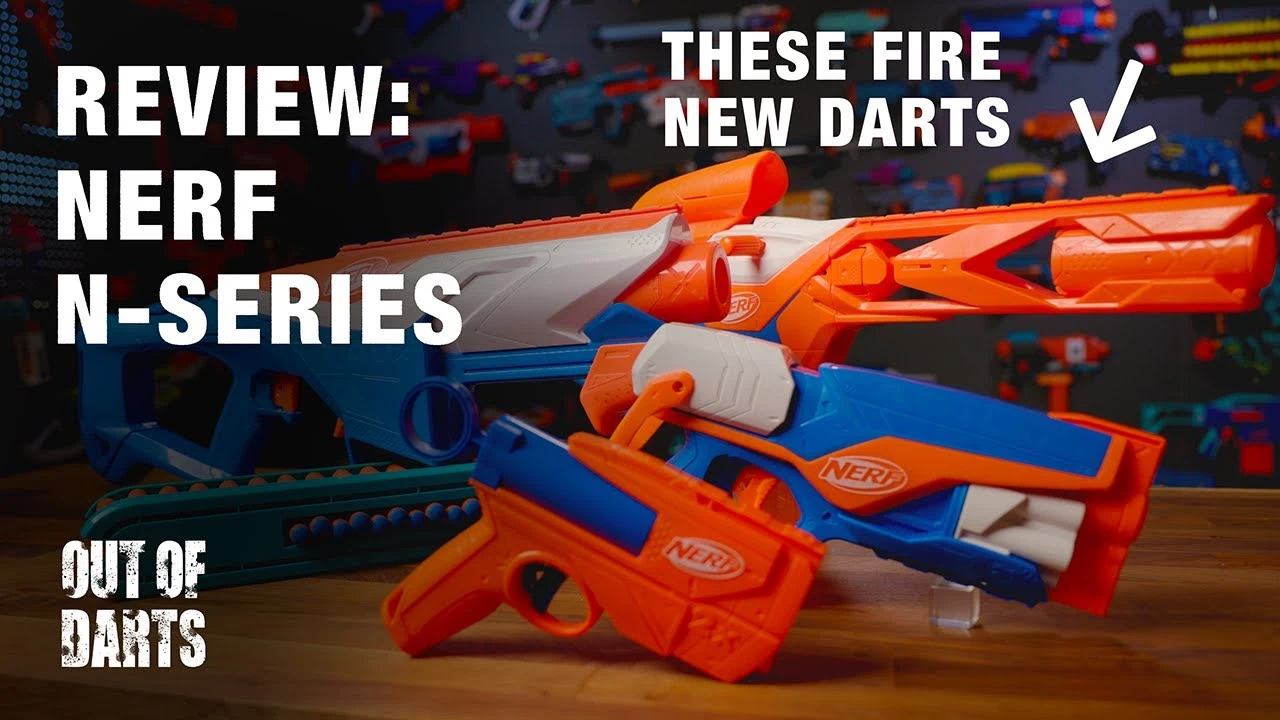
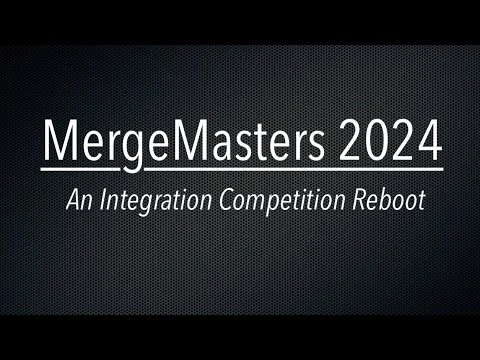

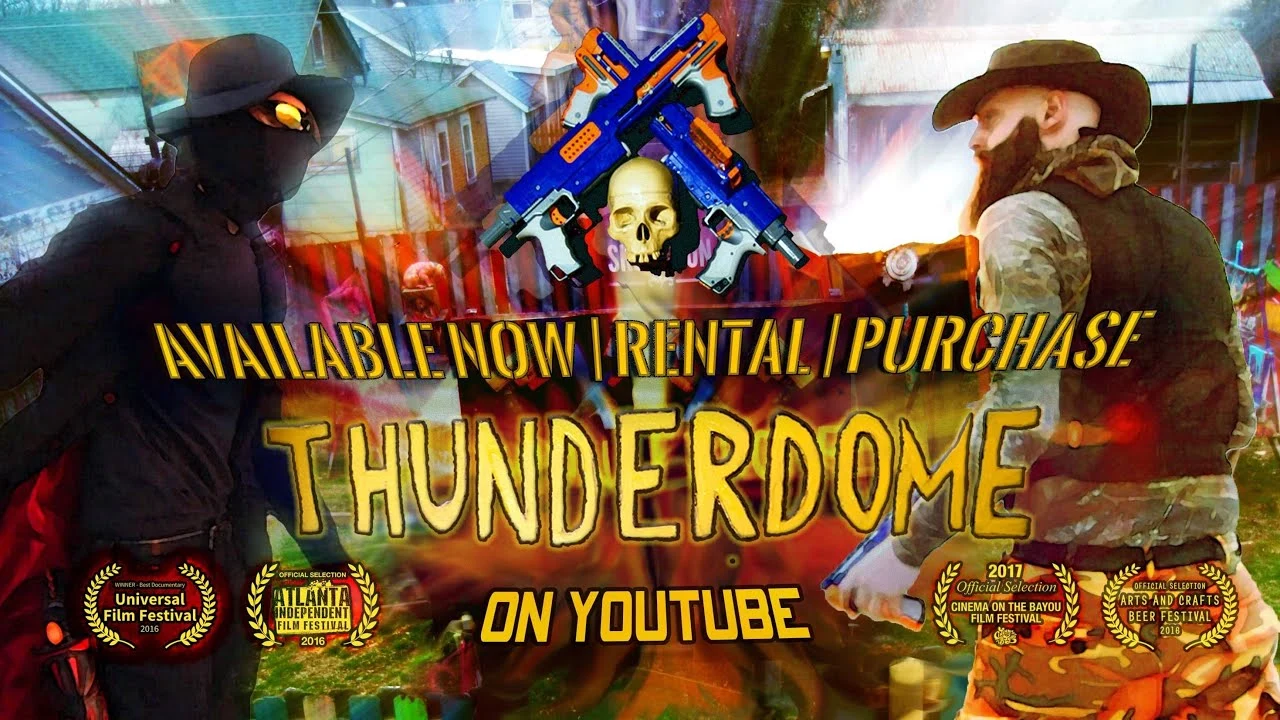
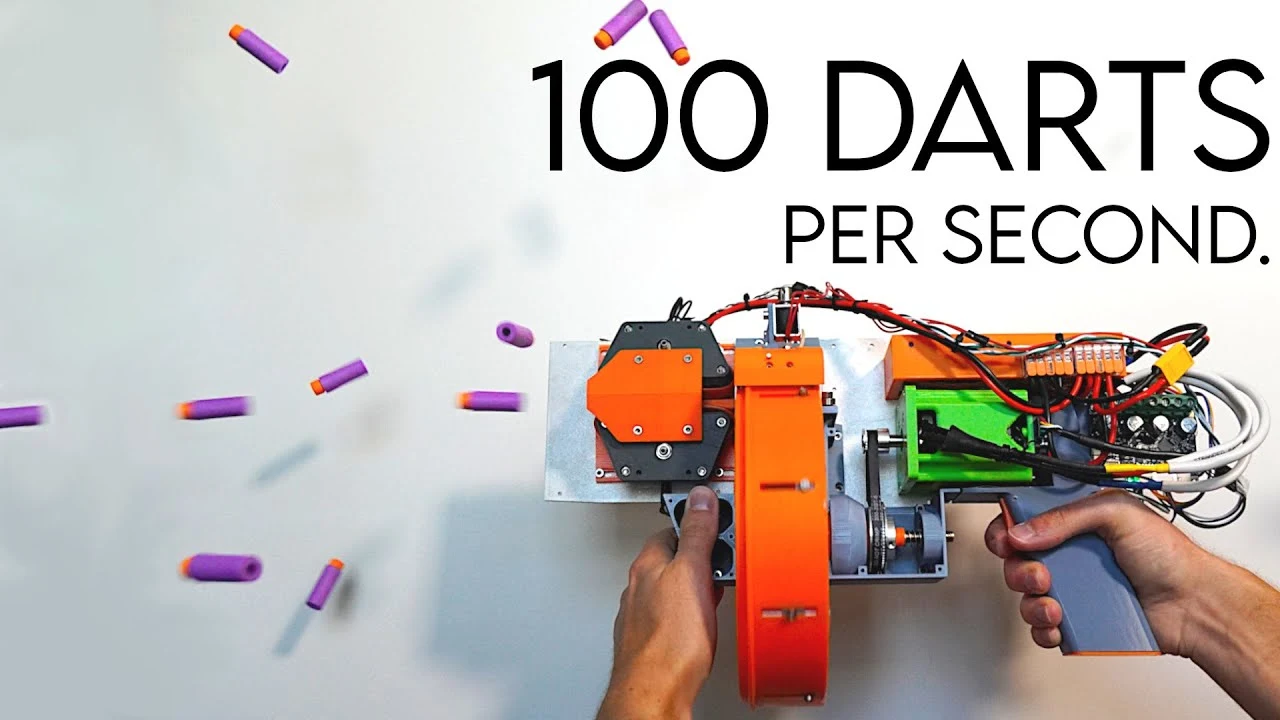
There’s a few ways to do this. Which one is “best” for you depends on how technical you expect your audience to be.
The easiest way for you is probably to just tell your users that you use some or another library and that they need to have it installed.
The easiest way for your users is to copy/paste the parts of the library that you use into your code. The threads library you linked is CC0 so you can do that. This also futureproofs your design against changes that break this library and against this library becoming unavailable. (Normally copy/pasting from libraries is discouraged as this futureproofs designs against improvements in the library as well, but IMHO certain OpenSCAD libraries should be considered an exception to this rule. If a library renders the shapes that you want fast enough to make improvements irrelevant, there’s no need to keep the library external.)